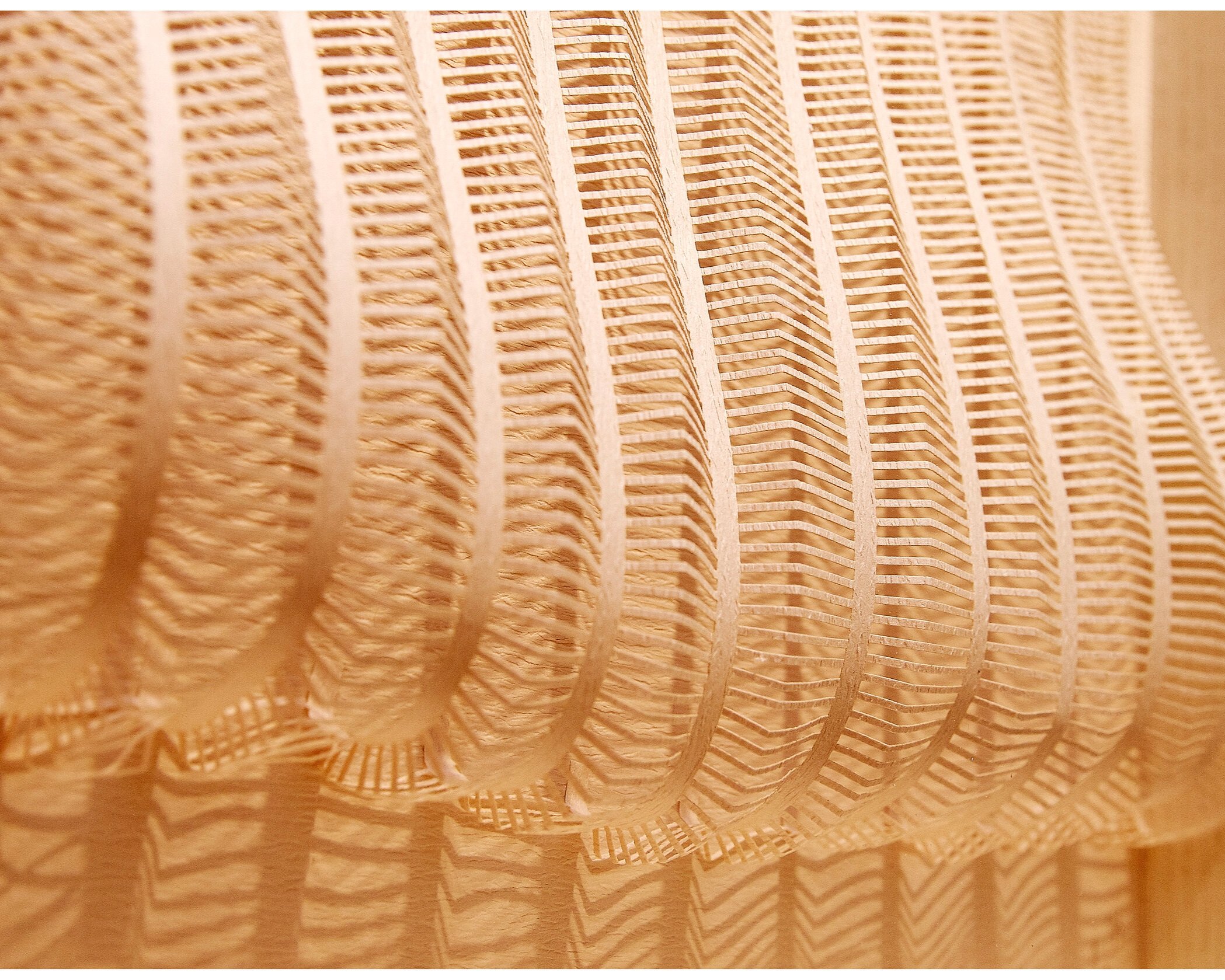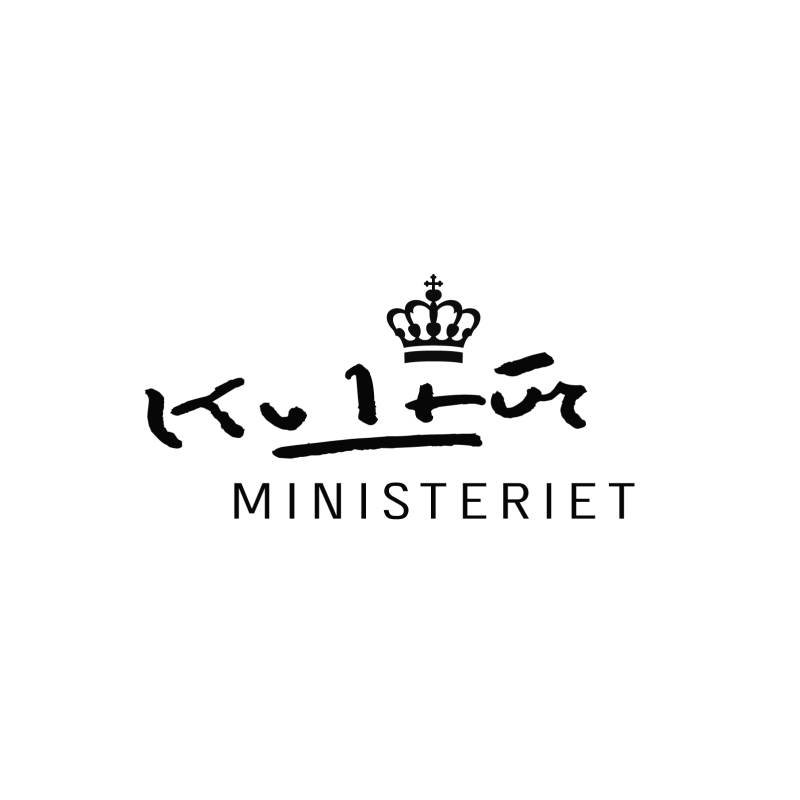Poetry in Paper
04.10.2019 - 20.09.2020
Su Blackwell, Amanda Betz, Cecilia Levy, Brian Dettmer, Adrian Mondot, Claire Bardainne, Mette Olsen, Tine Delfs
Paper is a fascinating material, that for centuries has played a central role in our everyday lives. We have used paper to exchange ideas, communicate, write letters, papers, laws, and contracts. In the exhibition Poetry in Paper, we are going to explore art made in paper. A thought-provoking combination with and through the use of books, authorship, poetry, and digital art, where books are experienced in new and surprising ways. The museum’s exhibition of an original H.C. Andersen cut was also a part of the special exhibition. The exhibition is supported by Kulturministeriet.
Participating artists:
Su Blackwell (1975)
creates paper sculptures and three-dimensional dioramas. It is often centred around the maiden character who is placed in a fairytale and poetic world, where curiosity and volatility are staged in folkloric-inspired frames. In her work process and imagery, she explores feelings and atmospheres like melancholy, and anxiety as well as childhood’s fragility, innocence, and wonderment. Su Blackwell reflects, in her art, the implicit fragility that lies in dreams, ambitions, and life itself. This reflection is expressed in her treatment of the paper that she exposes to irreversible and to some extent destructive changes with subsequent recreation in new contexts. Blackwell was born in the industrial town of Sheffield but today she lives in south-England’s Hastings where she creates her art. Besides her exhibitions of book sculptures in the whole world, she also has illustrated The Fairytale Princess, a collection of seven classical fairytales. Blackwell shapes fairytale 3D stories that grow directly out of the book - out of the words on the book’s pages. At Museum for Paperart the book sculpture The Little Match Girl is shown.
Amanda Betz (1978)
challenges the limits of paper as a material and works with many different manual and mechanical manufacturing methods. In this exhibition, Amanda Betz exhibits a series of works each of which explores shape and space. With the poetry collection Close to Nature, Betz observes the fields and grain through a lens inspired by, among other things, the Japanese rock garden and its “zen state”. The fusion of artwork and poetry, which takes place in an open dialogue between language, paper, field, and bog, was created in collaboration with Peder Frederik (1978), who graduated from Forfatterskolen in 2006. Using the Danish fields as a meditative space, Amanda Betz’s works seek to achieve and show the tranquillity experienced through nature and its rhythms. Betz graduated from the Royal Danish Academy of Fine Arts School of Architecture in 2005 and frequently works at the intersection of art, design, and architecture. As an architect, Amanda Betz always uses paper as a starting point for her work. In collaboration with Peder Frederik, she is creating a poetry collection that is a dialogue between paper and words. Close to Nature is the working title, and it is all about looking at Danish nature through Japanese eyes. Close to Nature is supported by Danmarks Nationalbank, L. F. Foght, Aage and Johanne Louis Hansen, Republikken, and Statens Kunstfond Projektstøtte.
Cecilia Levy (1963)
is a Swedish artist as well as a former bookbinder and graphical designer. Since 2009 she has experienced among others with starch and paper mache techniques with which she transforms paper from old books into three-dimensional objects. In her work, the artist plays with destruction and re-creation. She destroys books and then recreates them in new forms and expressions. When Levy selects her sheets and books, she pays special attention to each book’s specific history, wear, use, and distinctiveness, allowing it to live on in a new context. Cecilia Levy’s works can be seen at the National Museum of Sweden and have been exhibited internationally. In the exhibition Poetry in Paper, Levy presents a selection of works where her rethinking of old paper sheets and book pages is evident in new shapes and figures.
Brian Dettmer (1974)
is represented in Poetry in Paper with the work Western Civilizations, which is part of a series of four works. These four works are created from the classic history handbook of the same name. The series of works can be seen as a commentary on how once relevant and acceptable worldviews can seem outdated and antiquated today. In doing so, the work re-evaluates the thoughts and actions of the past. Dettmer is an American artist who has been living and working in New York since 2013. Much of his work centres on Western Civilizations and its potential for physical transformation through the artist’s processing. The books are “sealed” and then the artist works on them with almost surgical precision using tools such as scalpels and tweezers. As a result, selected images, pages, and book fragments are presented in a completely new way. Dettmer also tackles larger physical formats by creating sculptures from stacked books. During the creation process, the book sculptures are stabilized with varnish and the final expression manifests itself gradually, without a preconceived plan from the artist.
Adrien M (1979) and Claire B (1978)
are a versatile and experimental French artist duo who together explore a wide range of materials, tools, and themes. They are represented in Poetry in Paper with the work Snow does not make sense, which is both a retrospective book abut the artists and their work to date and an interactive total artwork in itself. Using modern technology, the pages of the book are transformed into individual, interactive scenes where the duo’s ambitious and multifaceted work is brought to life and revealed to the viewer. Adrien M and Claire B’s cross-border fusion of performance and sound, light, digital effects, and technology aims to create an art of movement that releases the human body to digital and graphic effects and elements. Adrien M has a background as a computer scientist, juggler, and performance artist, while Claire B has experience as an artist, graphic designer, and stage designer.
The two French artists create digital art and have developed projects in what they call timeless poetry. They exhibit a book that comes to life with the help of an app and tablet/mobile phone.
Mette Olsen (1953) and Tinne Delfs (1957)
The Aarhus-based artist duo consisting og textile and jewelry designer Mette Olsen (1953) and writer Tinne Delfs (1957) have in the work Pearls transformed the literary pearls of female Danish authors into physical pearls, shaped and treated in such a way that at first glance you cannot tell that they are made of shredded, boiled, and then blended book pulp. The handmade beads are created through a month-long process, which in itself in reminiscent of the writing process. The pearl necklaces are treated during the creation process to give them a shiny and glowing surface with the character of a real mother-of-pearl. This ambiguity in the material emphasises the duality of Pearls as both literary and “real“ pearls. The pearl necklaces represent a purely aesthetic value, similar to the spiritual value a book can bestow on its reader. The work is presented as a combination of the physical pearl necklaces and a photo series showing another series of female authors adorned by the pearls. Through this photo series, the authors become both spiritual and physical carriers of the shared linguistic and literary heritage.
The authors included in Pearls are: Majse Aymo-Boot with Shut up and be beautiful by Vita Andersen, Christina Hesselholdt with En Dødsnat by Marie Begendahl, Nanna Storr-Hansen with The Destruction 1-11 by Majse Aymo-Boot and Kirsten Thorup with Sommerfugledalen by Inger Christensen.
The selection of literary works includes poems, novels, and short stories - the narrow, popular as well as celebrated works are included.
Mette Olsen and Tinne Delf’s exhibition is supported by the Danish Art Foundation.







